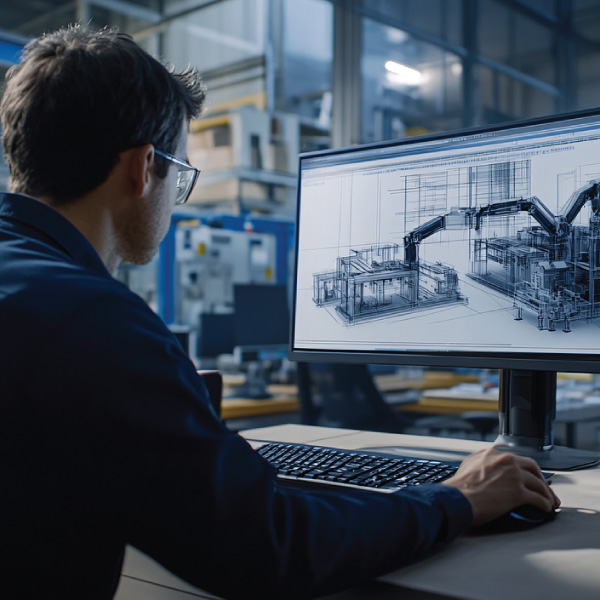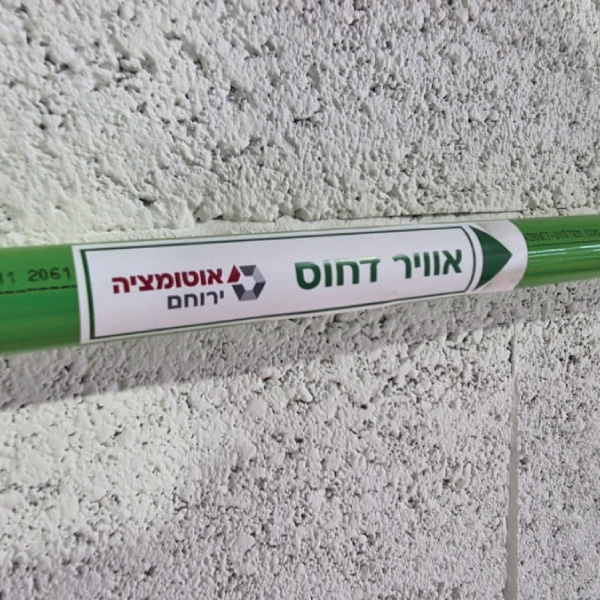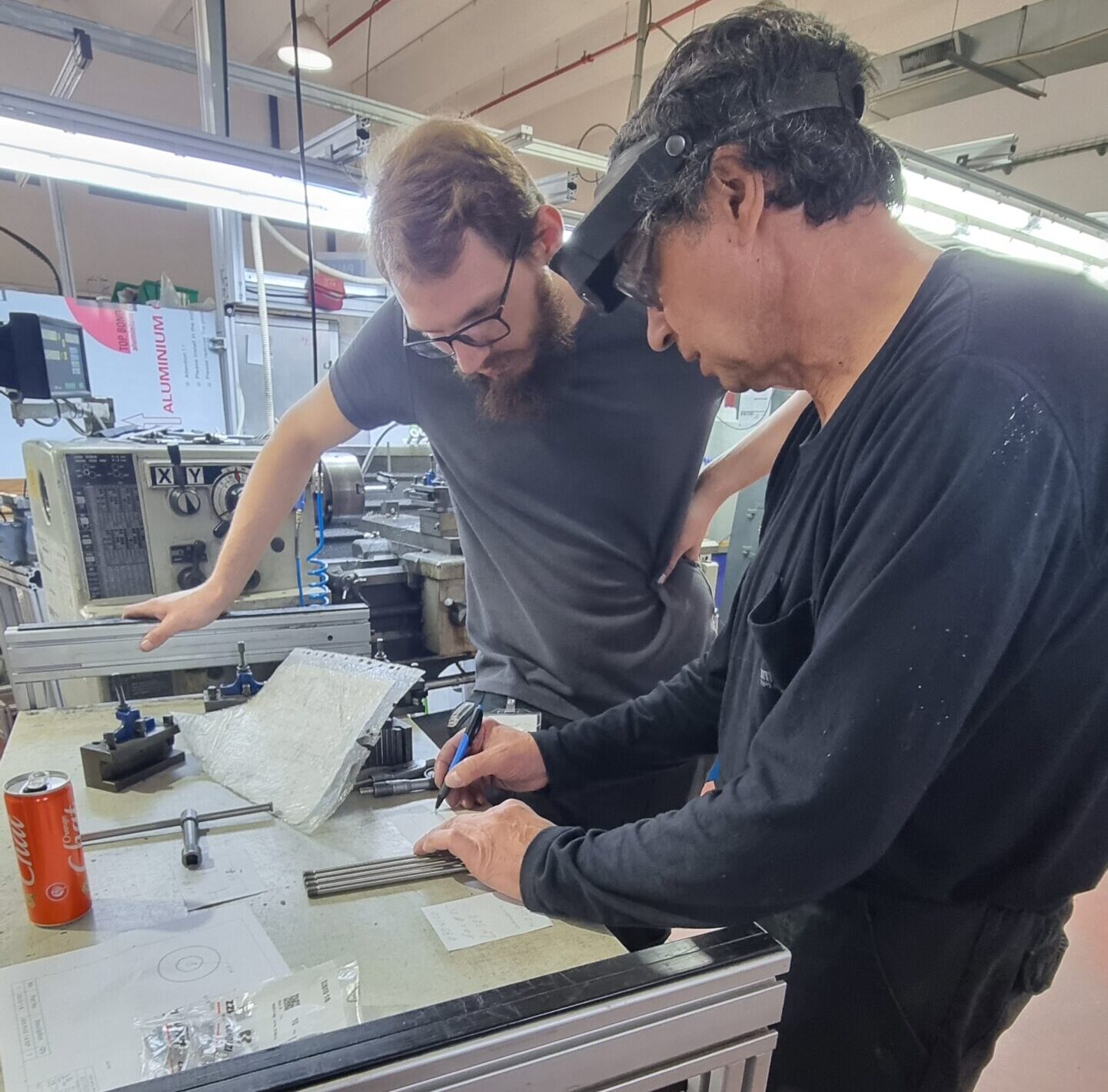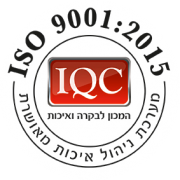Linear actuators are integral components in modern industrial machinery, providing precise and controlled linear motion essential for various applications. They convert rotational motion from motors into linear displacement, enabling the automation and optimization of industrial processes. This article delves into the various types of linear actuators and their specific configurations, highlighting their critical roles in enhancing efficiency and precision in industrial settings.



types of Linear Actuators
1. Electric Linear Actuators – Utilize electric motors to drive a screw or a belt, converting rotary motion into linear movement. – Known for precision and control, suitable for applications requiring accurate positioning.
2. Hydraulic Linear Actuators – Use pressurized hydraulic fluid to produce motion. – Offer high force capabilities, ideal for heavy-duty applications.
3. Pneumatic Linear Actuators – Operate using compressed air. – Provide rapid movement and are commonly used in repetitive and high-speed applications.
Specialized Linear Actuators in Industry
special types:
1. Linear Axes with Several Rotating Plates – These systems combine linear motion with rotational capabilities, allowing for multi-axis movement within a single unit. – Commonly used in complex automation tasks where precise alignment and positioning are required, such as in robotics and CNC machining.
2. Vertical Axes and Holding Brakes as Clamping Elements – Vertical linear actuators are designed to move loads vertically, often used in applications like lifting, lowering, or vertically positioning components. – Holding brakes act as clamping elements, securing the actuator in place and preventing unwanted movement, crucial for maintaining safety and stability in vertical applications.
3. Linear Axes with a Position Measuring System – Incorporate sensors and feedback mechanisms to measure and report the position of the actuator with high accuracy. – Essential for applications demanding exact positioning and repeatability, such as in automated assembly lines and precision machining.
4. Linear Axes with Manual Steering and Digital Indicator Position – Combine manual control with digital readouts to provide real-time feedback on the position of the actuator. – Useful in scenarios where manual adjustments are necessary, but precise positioning and monitoring are still required, like in calibration and testing setups.
Advantages of Using Linear Actuators in Industry
1. Precision and Control – Linear actuators offer unparalleled precision in movement, crucial for tasks that require exact positioning and repeatability.
2. Automation and Efficiency – They enable automation of complex tasks, reducing human error and increasing productivity.
3. Flexibility and Versatility – Available in various configurations and sizes, linear actuators can be tailored to fit specific industrial needs.
4. Safety and Reliability – Features like holding brakes and position measuring systems enhance the safety and reliability of industrial operations.
5. Cost-Effectiveness – By improving efficiency and reducing downtime, linear actuators contribute to cost savings in the long run.
Applications in Industry
Robotics Linear actuators provide the precise motion control necessary for robotic arms and automation systems.
Material Handling Used in conveyor systems, lifting equipment, and sorting machines to move and position materials accurately.
Manufacturing Integral in CNC machines, automated assembly lines, and packaging machinery, where precision and speed are paramount.
Aerospace and Defense Essential for controlling flight surfaces, weapon systems, and other critical components where reliability and accuracy are crucial.
Linear actuators are indispensable in modern industry, offering the precision, control, and reliability needed for a wide range of applications. Whether through electric, hydraulic, or pneumatic means, these devices enhance automation, improve efficiency, and ensure the safe operation of complex machinery. As technology advances, the integration of features like rotating plates, vertical axes, holding brakes, and sophisticated position measuring systems will continue to push the boundaries of what linear actuators can achieve, driving further innovation in industrial processes.




